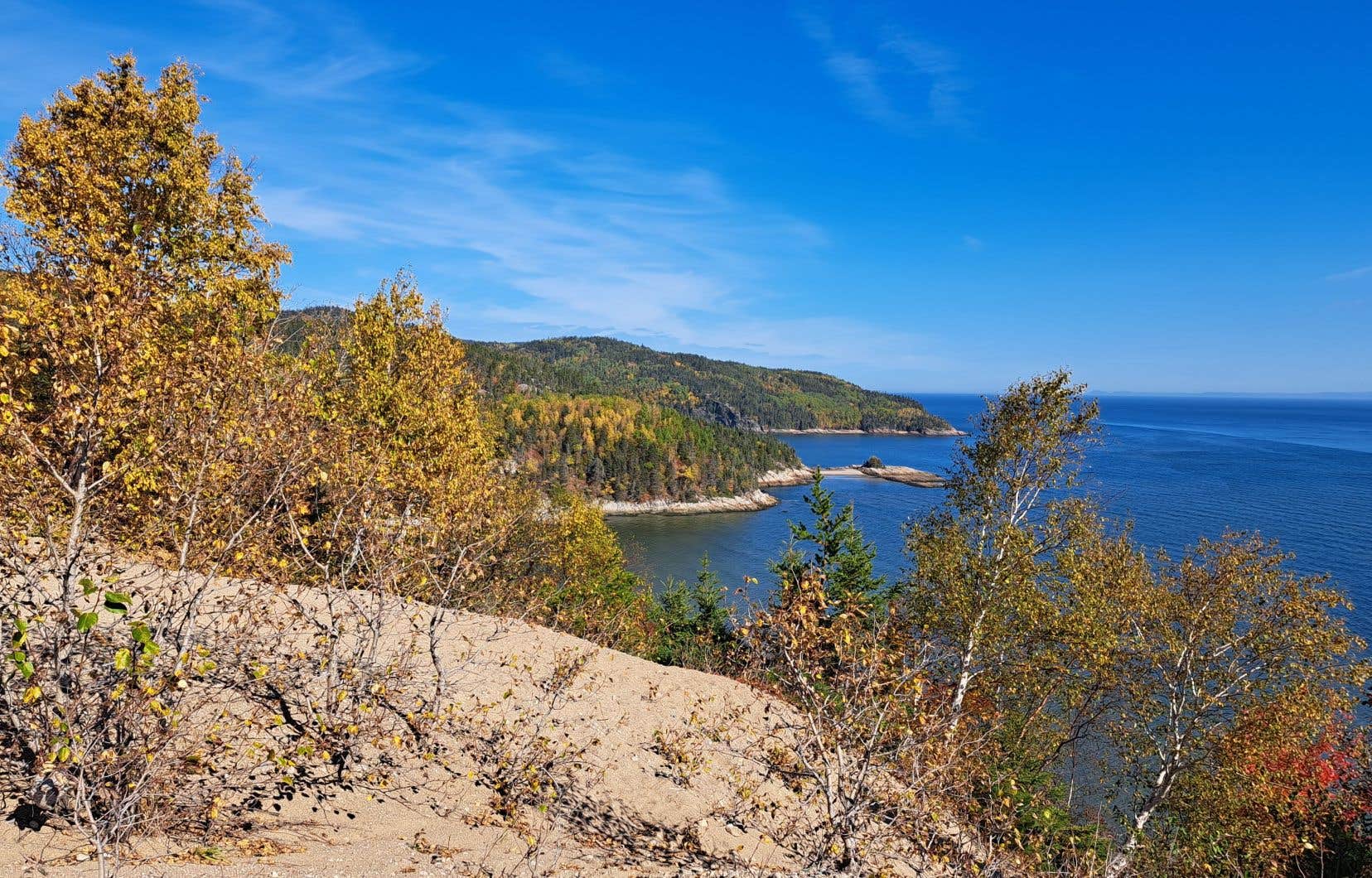This text is taken from Courrier de la planete. Click here to subscribe.
The dunes area is known to anyone who has ever stayed in Tadoussac, and the Quebec government now wants to add the site to the provincial national parks network. The objective is to highlight this mecca for observing migrating birds, witness to the history of the occupation of the territory and the evolution of the planet.
The projected territory of the Dunes-de-Tadoussac national park, located east of the village of Tadoussac, on the North Shore, has an area of approximately 6.5 km2. The Legault government, which committed during the electoral campaign to protecting the site, has just mandated the Office of Public Hearings on the Environment to carry out a “public consultation” on the project.
According to what the Quebec Ministry of the Environment specifies in a written response, this already very busy territory “offers remarkable views of the lower estuary of the St. Lawrence River. These landscapes, shaped by nature and man, combine the sea, the sandy expanses, the forests and the sky. Also, its access to the river is an asset, providing a privileged link with the Saguenay–Saint-Laurent marine park.”
Concretely, this sector is “internationally recognized as a hotspot for bird watching”, since it constitutes an important migratory corridor where birds converge in spring and fall. In particular, you can see thousands of birds of prey and passerines.
It is also at this location that the Tadoussac Bird Observatory carries out each year the monitoring of the species which follow the dunes during their migrations, and in particular the saw-whets, these small nocturnal birds of prey which testify to the health of the forests. of Quebec and which have already been the subject of a report by Duty.
History
In addition to the richness of the avian fauna, the dunes sector has witnessed the occupation of the territory for more than 1000 years. “The artifacts left since the first visits of indigenous peoples bear witness to this human presence which dates from this period. The site also served as an anchorage for the first Europeans, who protected themselves there during storms or waited for the right conditions to continue their journey in the fjord or on the river,” recalls Josée Guimond, communications advisor at the Ministry of Defense. Environment of Quebec.
The dunes themselves are vestiges of the evolutionary history of the planet, since they are in fact well-preserved marine terraces.
Their formation dates back more than 10,000 years, during the last ice age. An enormous glacier, the same one to which we owe the Saguenay Fjord, then began to melt. The released waters caused a deposit of sediments that the glacier had left in its path. The earth’s crust then gradually straightened, leading to the retreat of the sea. This process took place in several phases, which explains the two distinct plateaus that we see today, which make up these marine terraces.
According to what is currently planned by the government, an amphitheater would be set up to offer interpretation activities in the national park. It could also host artistic and musical performances. A total of 11.3 km of trails as well as a campsite with 90 places would also be developed.
The idea of protecting this territory has been mentioned several times since 1983, during the creation of Saguenay Park, today called Fjord-du-Saguenay National Park.
The Legault government has made a commitment to protect 30% of Quebec’s natural environments by 2030. According to official data, approximately 17% of Quebec’s natural terrestrial territory is currently protected, or approximately 257,000 km2. Regarding marine environments, we are talking about 10%, with a little more than 16,000 km2.
This means that Quebec will have to add more than 200,000 km2 of terrestrial territories protected by the end of the decade, but also at least 30,000 km2 of protected marine territories.
